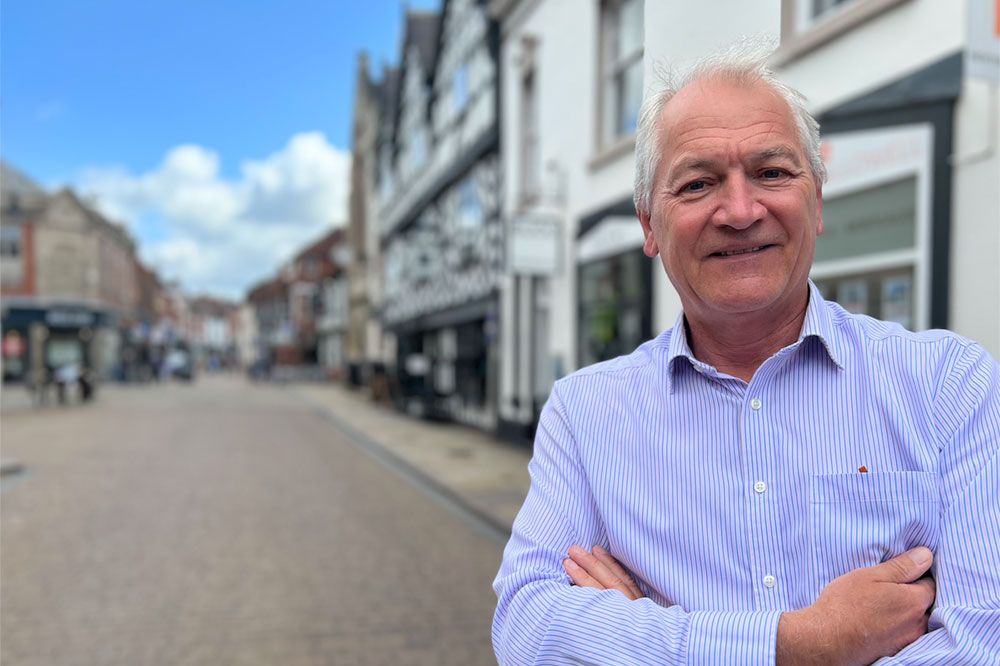
The British Independent Retailers Association (Bira) has welcomed a major new report from the House of Lords that calls for empowered local leadership and simplified funding to help revive Britain’s high streets.
The Built Environment Committee’s report, High Streets: Life beyond retail?, published on 28 November, sets out how high streets can be regenerated and become more resilient, emphasising that retail will remain vital but must be part of a broader mix including leisure, services and community spaces.
The committee found that local authorities often lack adequate resources and skills to support high streets, recommending investment in training town centre managers and highlighting the need for greater coordination between Government departments.
Commenting on the report is Andrew Goodacre (pictured above), CEO of Bira, which represents 6,000 independent retailers across the UK.
“This report has identified some of the key elements to a successful high street, whilst recognising that each place needs to find its identity and solution to create a vibrant high street.
“For some time, Bira has been saying that retail is no longer the dominant feature of high streets, with consumers looking for more services and leisure opportunities. We also agree with the conclusion that high streets need diversity and adaptability – characteristics often delivered by independent retailers and independent business in general. It is also good to see recognition of the need for good accessibility by investing in infrastructure where possible and highlighting the importance of good car parking.
“Finally, we absolutely support the idea of local business leaders and local communities being involved with plans to regenerate a place. Funding can also then be devolved to a local level, supporting coherent plans. Independent retailers care about their high street and their communities, and all too often their voice can be ignored.”
The report urges the Government to provide local authorities with more targeted support and calls for a radical simplification of the current funding landscape, which it describes as “patchy and uncoordinated.” It also emphasises the importance of providing resource funding alongside capital investment to ensure sustainable regeneration. For further information on Bira, please click here.











